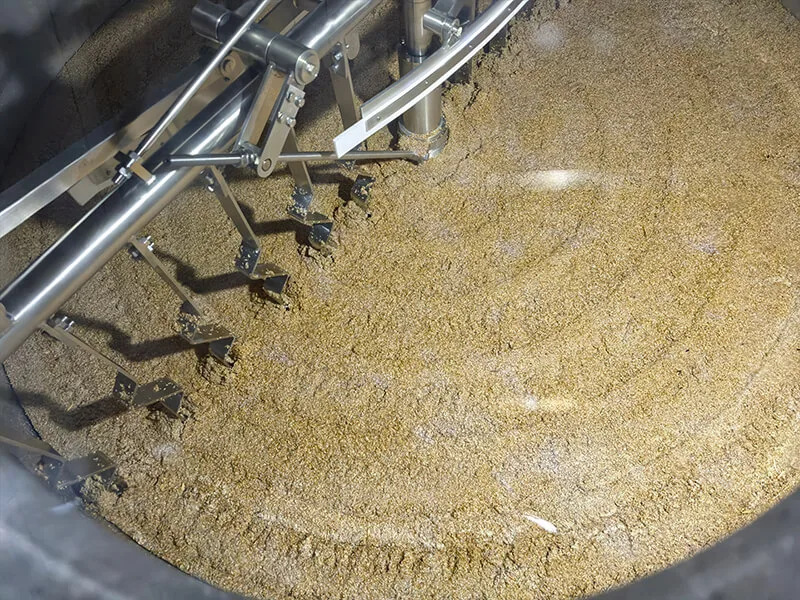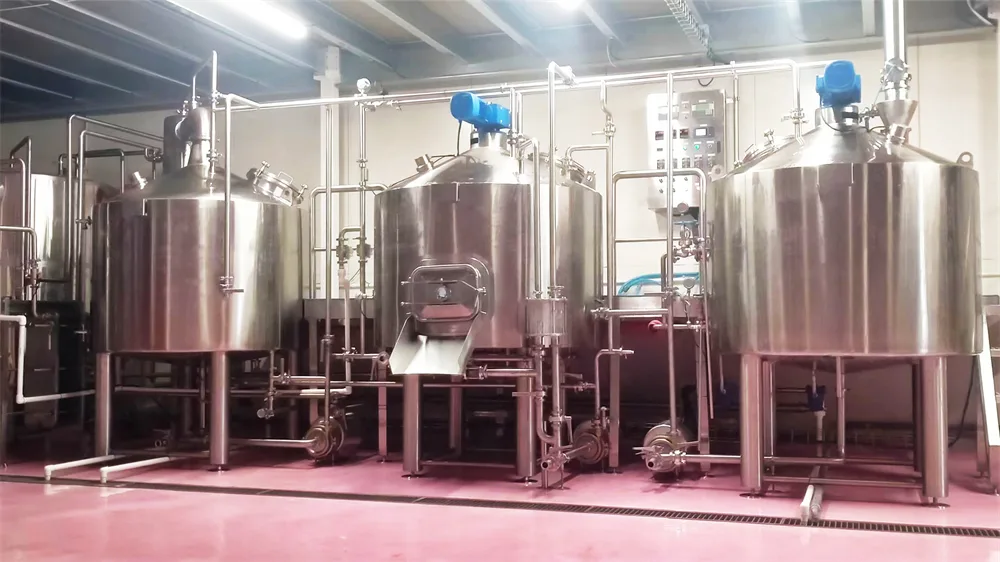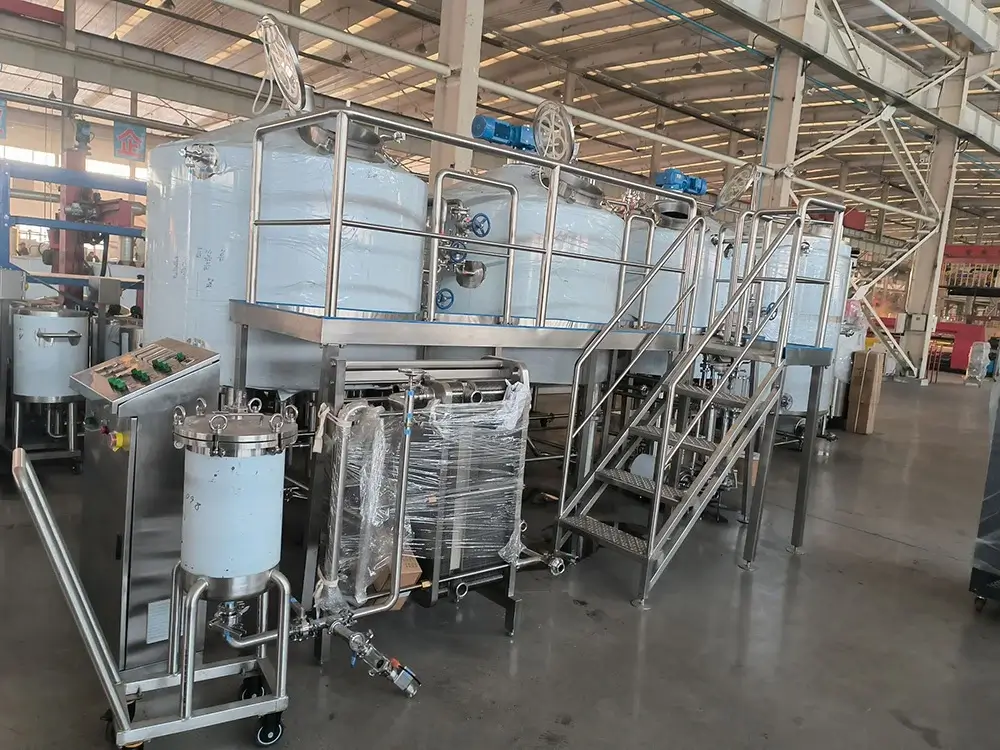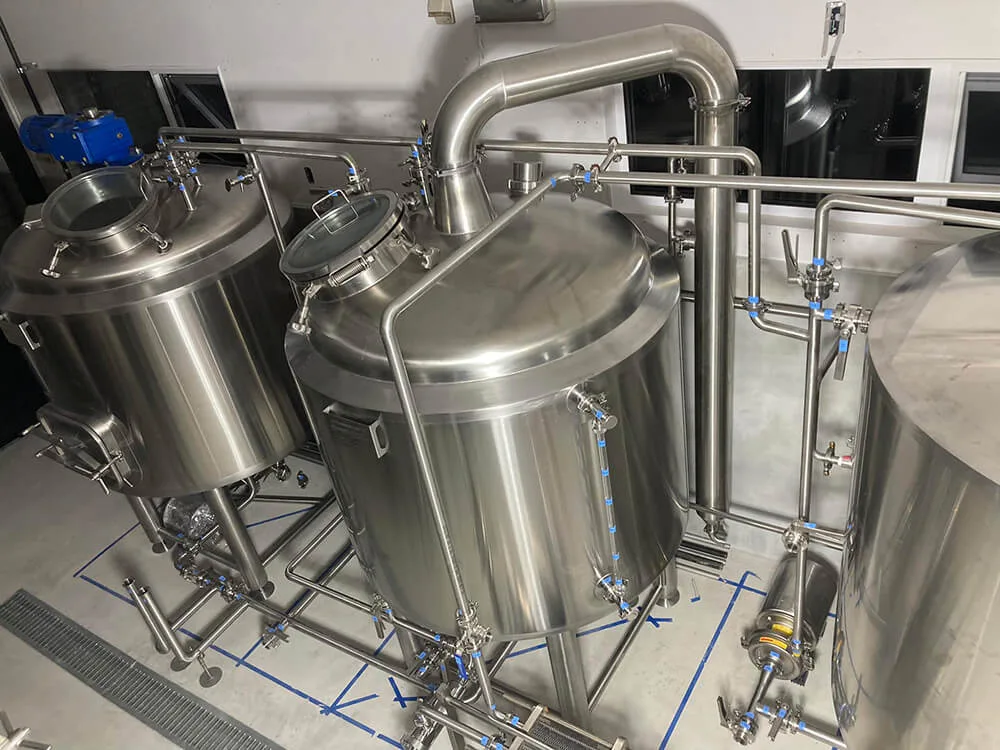Brewery Equipment Insights for Better Brewing Results
Malt is the foundation of beer flavor. It determines color, body, aroma, foam stability, and overall character. Whether you’re brewing a crisp lager, a hop-forward IPA, or a rich dark beer, choosing the right malt is essential—especially when working with professional brewery equipment.
This guide explains how to select malts based on the beer style you want to brew, along with practical ratio recommendations.
1. Choosing Your Base Malt
Base malts usually make up 70%–100% of the grain bill, providing fermentable sugars and the beer’s primary flavor profile.
| Base Malt | Characteristics | Suitable Styles |
|---|---|---|
| Pilsner Malt | Very light, clean, soft malt aroma | Lagers, Pilsners, clean ales |
| Pale Ale Malt | Fuller maltiness, biscuit notes | IPA, Pale Ale, English ales |
| Vienna Malt | Light toast, honey & biscuit character | Vienna lager, amber lager |
| Munich Malt | Deep malt body, bread crust aroma | German lagers, dunkel, bock |
2. Malt Selection for Different Beer Styles
1) Light & Crisp Lagers (Pilsner / Helles / Lager)
🎯 Flavor goal: clean, refreshing, pale color
✔ Recommended malts:
- Pilsner Malt 90–100%
- Vienna or Munich 5–10% for subtle depth
- Carapils 3–5% for improved body and foam stability
Perfect for breweries using automated or semi-automated brewery equipment designed for light, delicate lagers.
2) American IPA / Pale Ale (APA)
🎯 Flavor goal: hop-forward with moderate malt backbone
✔ Recommended malts:
- Pale Ale Malt 80–90%
- Munich or Vienna 5–10% for malt structure
- Caramel 10–20L 3–5% for a touch of sweetness
(Modern IPAs avoid high levels of dark caramel malts.)
3) English-Style Ales (Bitter / ESB / English IPA)
🎯 Flavor goal: rich maltiness, caramel & biscuit notes
✔ Recommended malts:
- Maris Otter or English Pale Malt 80–85%
- Crystal/Caramel 20–60L 5–10%
- Biscuit / Amber Malt 3–5% for traditional English biscuit aroma
4) German Wheat Beer (Hefeweizen / Weizen)
🎯 Flavor goal: wheat aroma, banana & clove esters
✔ Recommended malts:
- Wheat Malt 50–70%
- Pilsner Malt 30–50%
- Carawheat 2–5% for body and foam
5) Amber Beers (Amber Ale / Vienna Lager)
🎯 Flavor goal: caramel, biscuit, light toast
✔ Recommended malts:
- Base malt (Pale or Vienna) 70–80%
- Munich Malt 10–20%
- Caramel 40–80L 5–10%
6) Dark Beers (Porter / Stout)
🎯 Flavor goal: chocolate, coffee, roasted notes
✔ Recommended grain bill:
- Pale Ale Malt 60–70%
- Roasted Barley 5–10% for classic stout aroma
- Chocolate Malt 5–10%
- Black Malt 1–3% for deeper color
- Crystal 80–120L 5–10% for caramel depth
7) Belgian Beers (Blonde / Dubbel / Tripel)
🎯 Flavor goal: light sweetness, fruity esters, spice
✔ Recommended malts:
- Pilsner Malt 70–90%
- Dubbel styles: Dark Candi Syrup 10–20%
- Aromatic or Biscuit Malt 3–5% for complexity
3. Beer Color (SRM/EBC) and Malt Selection
| Beer Type | Color Range | Malt Direction |
|---|---|---|
| Pale | 2–6 SRM | Pilsner / Pale Ale |
| Amber | 7–15 SRM | Caramel, Vienna, Munich |
| Dark | 20+ SRM | Roasted, Chocolate, Black Malt |
4. Practical Tips for Choosing Malts
- Base malt defines your main flavor; specialty malts are accents.
- Use caramel malts sparingly to avoid excessive sweetness.
- Roasted malts should generally stay within 3–10%.
- Decide the style first → then choose the malt combination.
These tips apply to both homebrewers and commercial brewers operating professional brewery equipment.
If you have any question about brewing, please feel free to Contacto Meto Equipment.




